With a green building certification of LEED silver, the renovated and expanded Holden Hall will allow two departments to recruit the best faculty and students and further build upon their rich shared history through the processes of extraction to purification.
By Lindsey A. Haugh and Rich Polikoff
True legacy
Built in 1940, originally known as the Mineral Industries Building, Holden Hall was named for Roy Jay Holden, a professor of geology and geology department head in 1949. He cited Virginia's first gas well, located water wells when a shortage threatened Virginia Tech, and assessed the safety of the Claytor Lake Dam site. Holden’s true legacy was in the classroom where he stimulated a lifelong scientific interest in his students. Today, the building is home to the departments of mining and minerals engineering and materials science engineering.
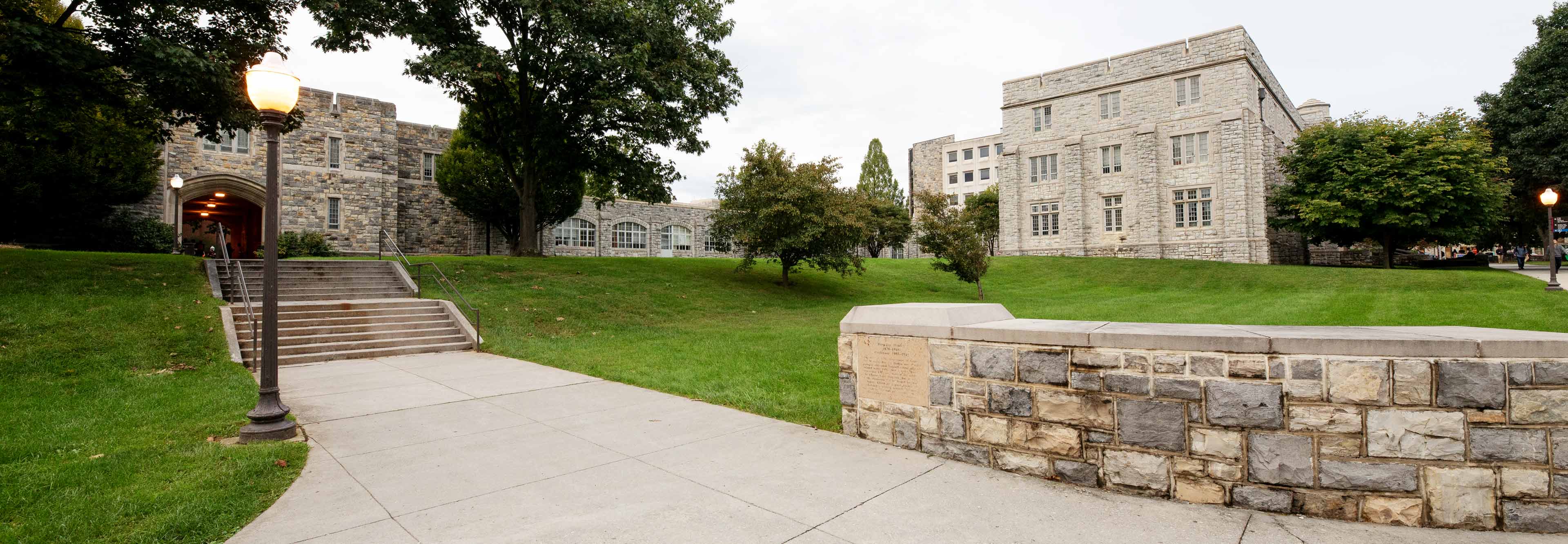

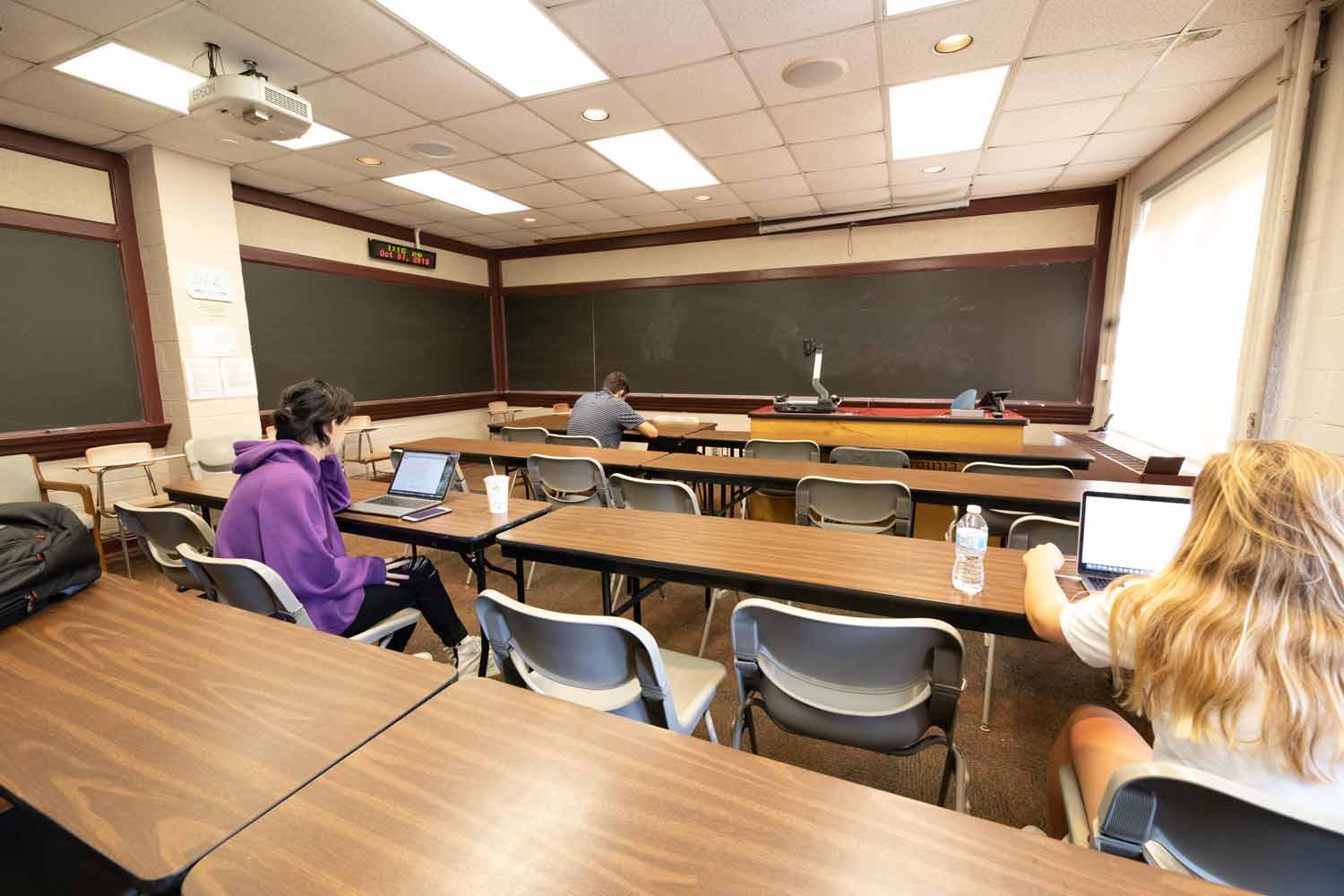
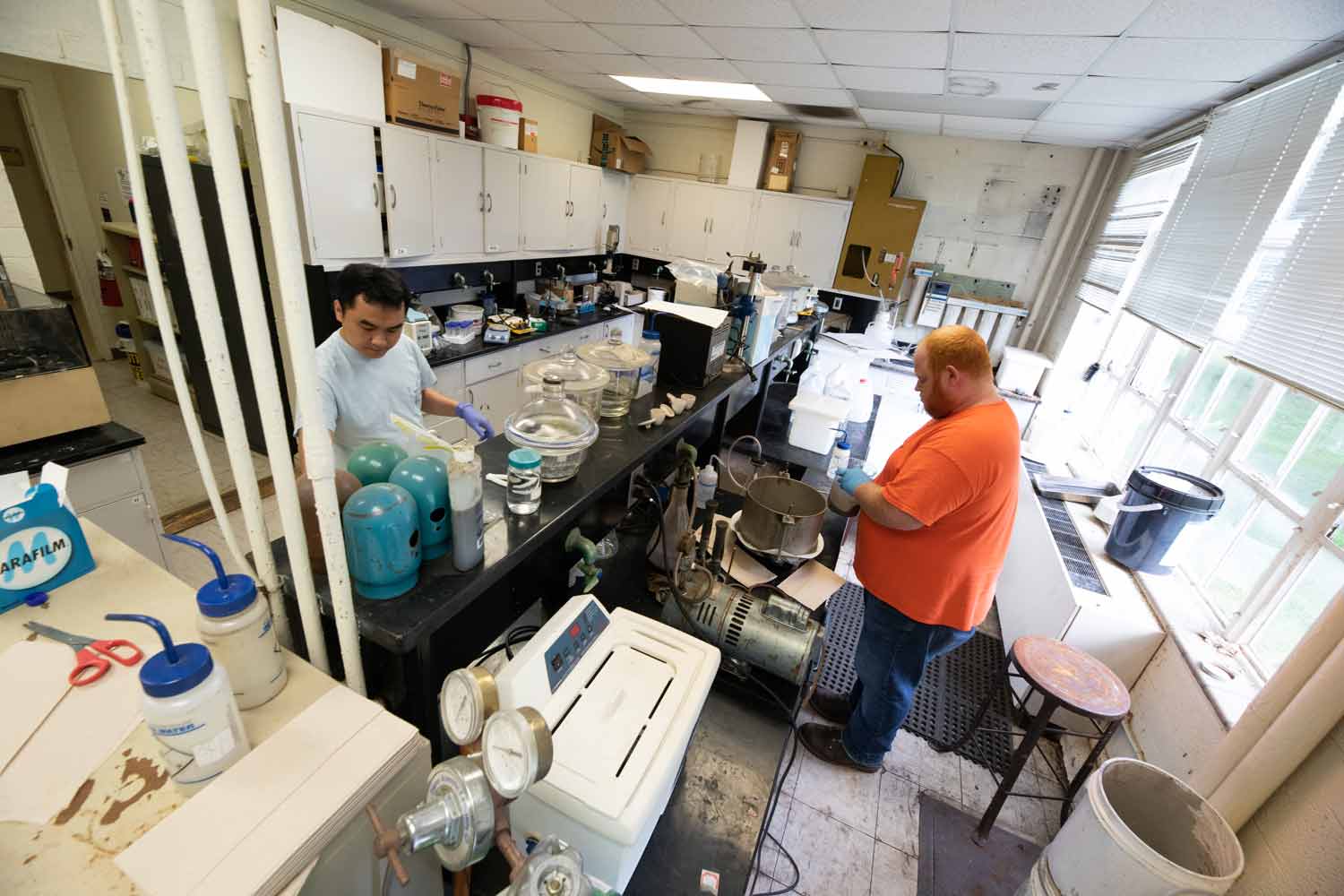
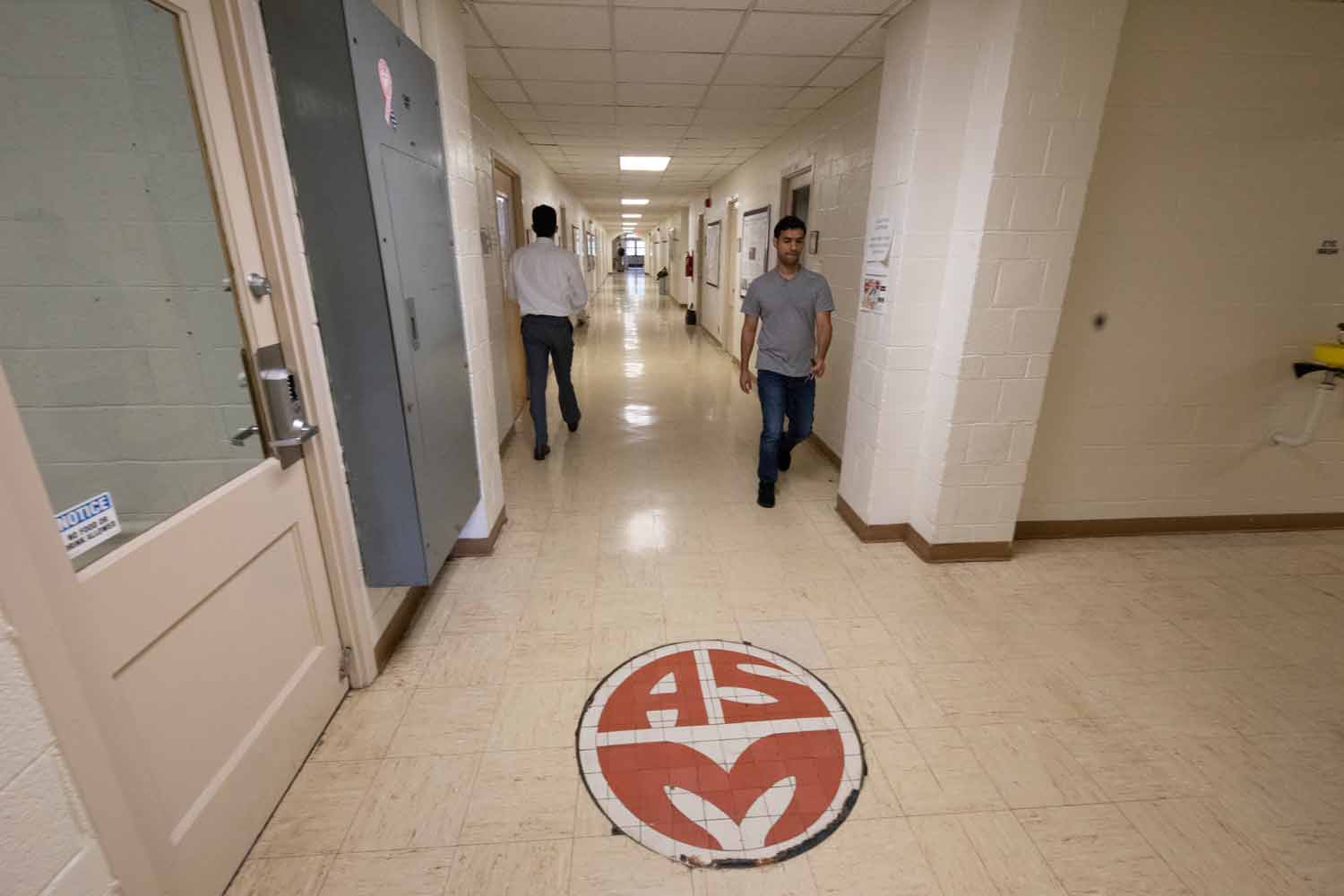
Transformative spaces
One of most technologically unique features in the new wing will be the 1,281-square-foot Center for Autonomous Mining and Robotics. In the center, students will engage in autonomous mining and work with material that is three to four feet deep. This material will come from a high-purity limestone quarry — pure calcium carbonate that eliminates health concerns such as silicosis. The top level of the two-story mine will be a glassed-in area where students can learn advanced automation methods.
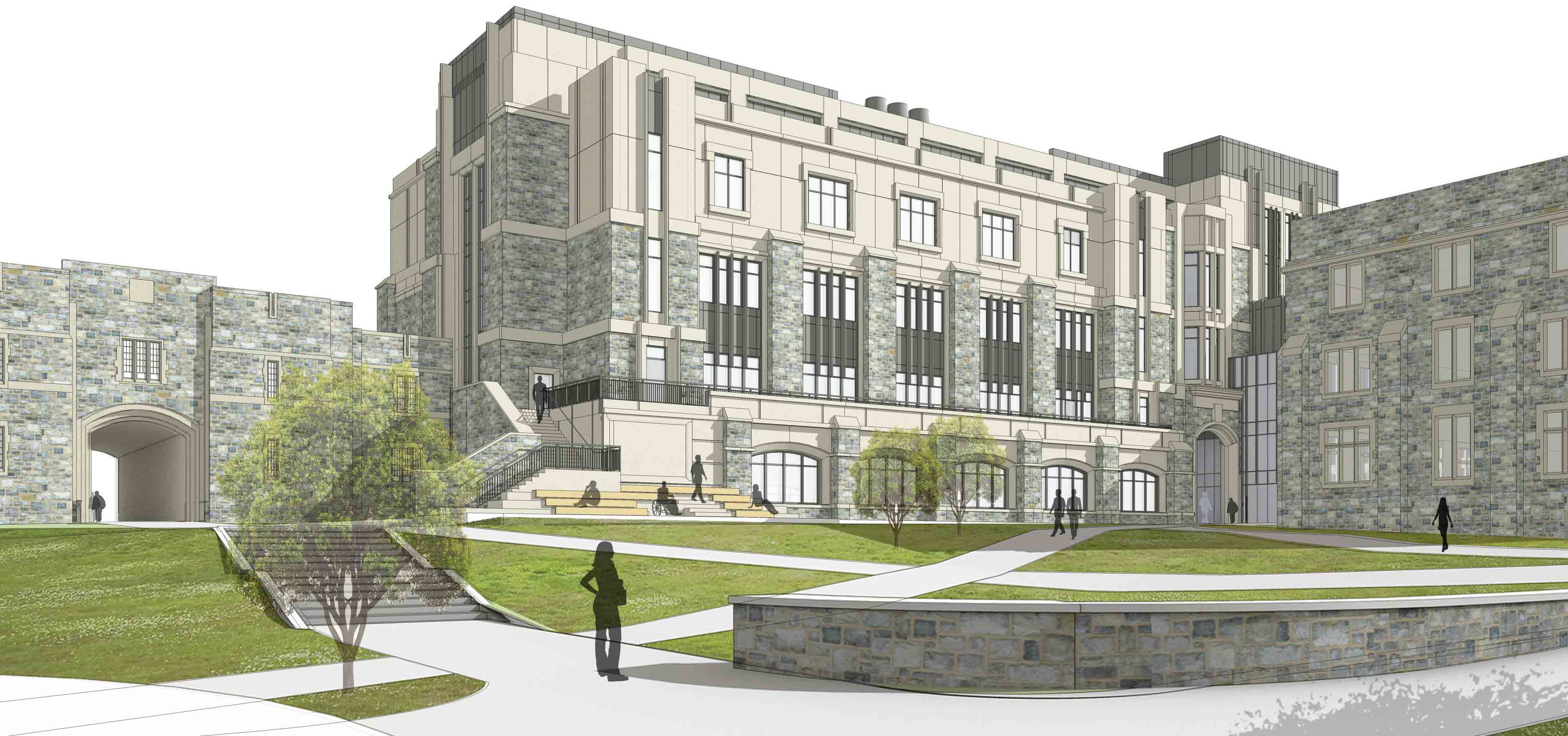
Mining engineering students will be the primary beneficiaries of the mock mine, but it will enhance the education of other students, including mechanical engineering, electrical engineering, and those pursuing computer modeling and data analytics. Once the materials are taken out of the ground and refined, the department of materials science and engineering’s students and faculty will use high-tech equipment, including transmission electron microscopes to analyze and study samples, seeking discoveries at an atomic level.
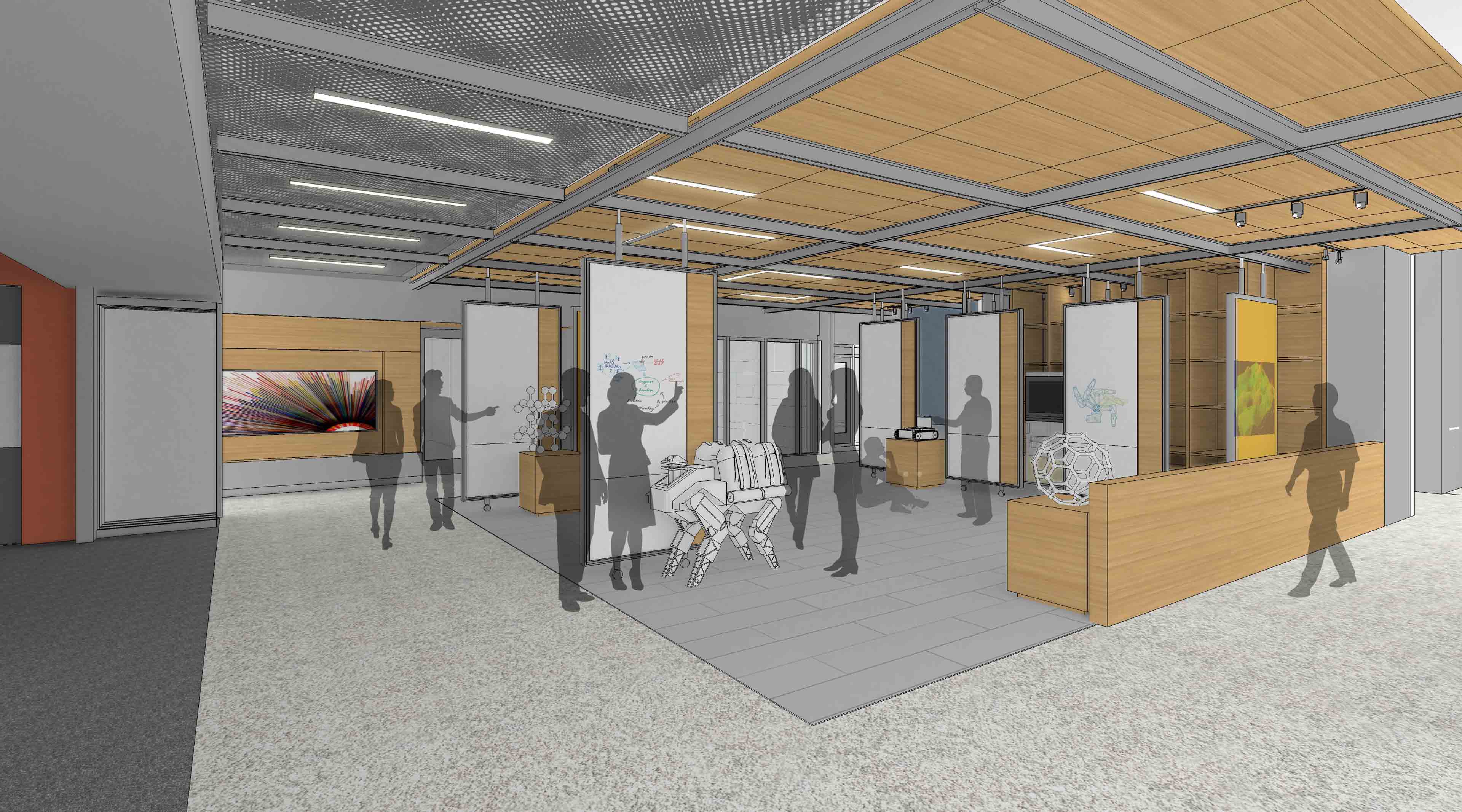

Students and faculty will take advantage of computational space on the fourth floor, which will allow for faster, more-efficient development of new materials — using cutting-edge technology to reduce the number of experiments needed to do so. On that same floor, there will be labs dedicated to semiconductors, polymers, ceramics, and metals. Such spaces will be valuable for recruiting and retaining faculty members who conduct innovative research with global implications.
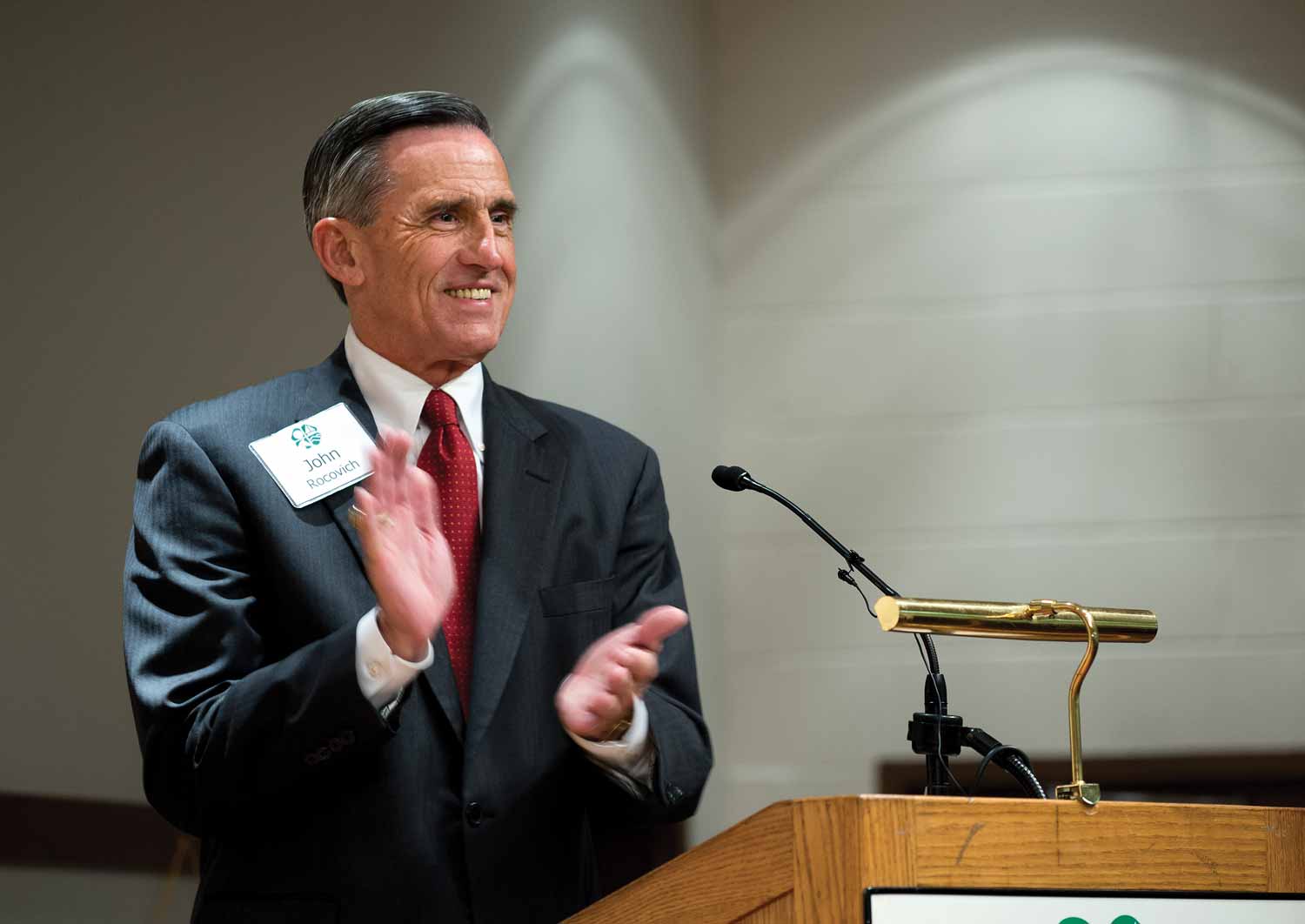
The legacy of the Holden lives on in his grandson, John G. Rocovich, Jr., ‘66 Pamplin College of Business and former rector of Virginia Tech’s Board of Visitors, who has made Virginia Tech the central focus of his life. In 1987, Rocovich arranged a gift that endowed two departments in the College of Engineering — the Harry Lynde Bradley Department of Electrical and Computing Engineering and the Charles E. Via Jr. Department of Civil and Environmental Engineering. Each year, the growing return from the endowment funds several dozen undergraduate and graduate scholarships and fellowships for both programs.
Read more about Rocovich’s dedication to the university.
Photos by Peter Means, aerial videography by Erica Corder, Holden Hall drawings by SmithGroupJJR.
If you want to have an impact on our students and faculty like those featured in this magazine, go here to support the College of Engineering. For more information, call (540) 231-3628.
-
Article Item
-
Article Item


